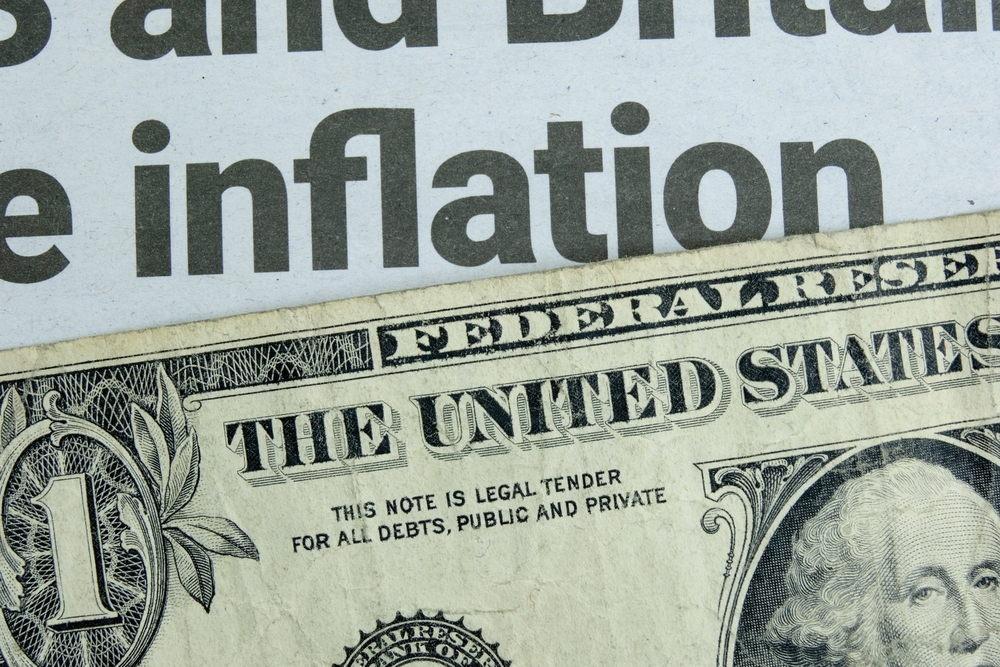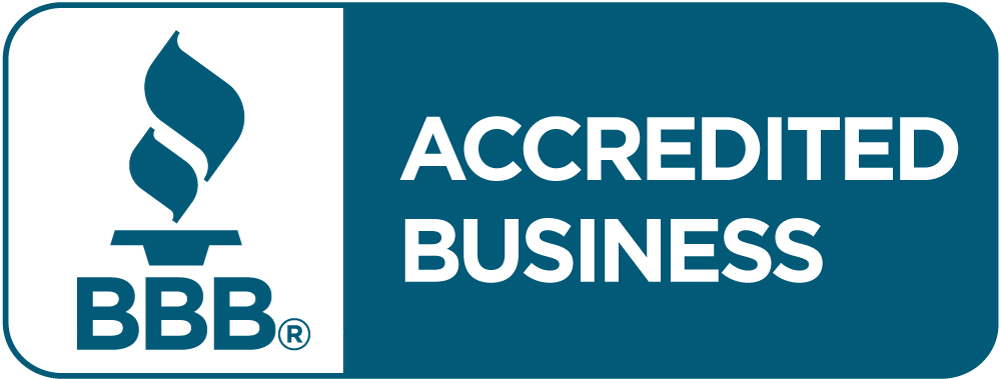Quick Links
ToggleIt’s no secret that the cost of just about everything has gone up. Every time you go to the grocery store, order supplies for your business, or pay at the pump, you’re feeling the crunch. Inflation slowly chips away at your spending power, and while rising interest rates are meant to be a cure, this can create a double whammy for your finances.
In an attempt to curb inflation, the Federal Open Market Committee (FOMC) has been raising rates all year. The biggest move took place on November 2nd when the Fed announced a 0.75% increase. This is a significant jump that brings the current benchmark federal funds rate to a range of 3.75% to 4%.
While it will likely take some time for inflation to come back down, the effects of rising interest rates are typically felt right away. What do rising interest rates mean for you? And how much will the Fed raise interest rates going forward? These are the questions that are on everyone’s mind. Let’s take a look at some of the predictions and explore some ways you can lessen the financial impact of these coming changes.
The Implication of Rising Interest Rates
As interest rates go up, borrowing becomes more expensive. You can expect to see significant increases in the rates on:
- Credit cards
- Auto financing
- Mortgages
- Variable-rate loans
It’s important to note that this isn’t just about taking out new loans. If you currently have debt with variable interest rates, you can expect to see your rate and your minimum required payment increase very soon.
Future Increases Expected
According to projections by the U.S. Central Bank, rates are expected to peak at a range of 4.5% to 4.75% in 2023. Other experts predict that they could go even higher, hitting a range of 4.75% to 5% by the end of the first quarter of 2023. This means that the impacts happening now are likely to be even more noticeable by early next year.
4 Ways You Can Get Ahead of the Fed
Interest rate hikes are here to stay–at least for a while–but there’s no need to panic. Instead, it’s time to start proactively making adjustments to help you stay ahead.
1. Lessen the Bite of Credit Card Interest
If you have outstanding credit card debt or other loans with variable interest rates, now is the time to do something about it. Consider consolidating your debt into a single loan with a fixed payment. This can help you manage your cash flow and may also lower the total amount of interest you pay.
2. Lock in a Fixed-Rate Mortgage
Mortgage rates have been increasing over the past year and they’re expected to keep going up. If you’ve been thinking about buying a home, now could be a good time to lock in the current rate with a fixed-rate mortgage. If you have a variable-rate mortgage you may also consider refinancing soon to lock in the current rate and protect yourself from future increases.
3. Shop Around for Rates
If you need to make a large purchase in the next year or two–like a car or a home–be sure to shop around to find the best interest rates. While most lenders will be charging higher interest, some may offer better deals to help themselves stand out from the competition. Although it could take some extra time to do this comparison shopping, you may find that it’s well worth the extra effort.
4. Recession-Proof Your Finances
Boosting your savings is also important right now. Since the purpose of raising interest rates is to cool down the economy, there’s a chance that the Fed could overshoot, slowing things down more than intended. This makes now a good time to start thinking about recession-proofing your finances. Focus on living within your means, getting a handle on your debt, and putting away some extra money to give yourself a financial cushion.
A loan from Zinch can help you get your finances organized so you’re prepared to handle the impacts of future rate hikes. Contact us at (714) 500-6622 today to learn more about your options. You could qualify for up to $250,000 in just 24 hours.










